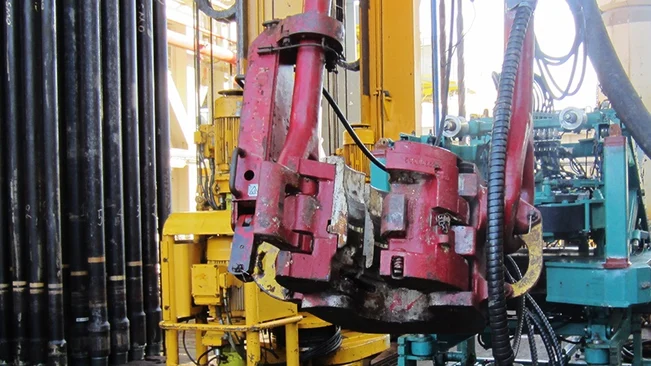Casing equipment load rating: Deeper wells challenges lifting capacity
Oil wells nowadays get longer because the equipment is so much better. Old wells are lengthened and new wells penetrate reservoirs as deep as 11000 meters. What are the consequences for the choice of casing handling tools?
A close dialog between the TRS company and its client’s well engineers aims to specify equipment with capacity to also handle unwanted events like stuck pipe. Here is a list of common issues we solve with our clients prior to the operation.
1. The weight of the string
When the well engineers design a long, demanding well, maybe with difficult trajectories, they meet a lot of challenges. Many of which directly influences the weight of the string. HPHT and sour service environment, for instance, demand thicker steel casing. The equipment chosen must be able not only to carry the total weight but to ensure necessary muscles to pull free a casing stuck close to TD.
2. Elevator type
What is the lift capacity on the box in question? If the box can handle the weight of a string approaching TD, a BX elevatoris sufficient. If not, you need a slips-type elevator. Then you also have the special clearance and beveled box which is thinner than a standard one. This reduces lift capacity by leaving a limited shoulder to lift on and makes room for a slips-type elevator. In addition, there is flush casing were you are required to use slip type elevator or even a CRTi.
If you use a CRT with internal slips you can lift as much as 700 tons, and none of the elevators are needed.
> Read also: 3 ways of getting out of trouble with a top drive casing running tool
3. Slips
Considering that the total weight of the string is applied to the slips every time a new joint is connected, the casing slips load rate is, of course, crucial. The load rating limits of slips for heavier strings is usually 350, 500 or 750 tons.
On a floating rig, you need to calculate for some extra headroom. In situations where the string attaches to a bend or some other obstruction while the waves are rolling, extra forces work on the slips.
In this articleyou can read about the flush mounted spider which is the safest option when handling a really heavy string
4. Can you pull the string?
Even with a long string, you need to have enough margins to make a solid effort to pull free in case of stuck. The client usually desires 100 tons overpull capacity. That may or may not be enough…
Talking points
The main purpose of a close dialogue with your client on these matters is to make sure the casing handling equipment is sufficient for the tasks at hand. The well engineers’ competence and calculations are the best sources for this decisions, and you have to make sure you give them input on the different solutions. This way you ensure an effective setup that handles the load and gives you options in case of trouble.
The worst case scenario of not doing this properly is needing to change handling equipment in the middle (or most likely; the end) of the casing process. That means waiting for new equipment, redesigning the set-up and rigging up and down.
Avoiding NPT like this is, after all, just a question of blending the competence of two professional parties.
Topics: TRS

By: Arnt Joar Arnøy
Arnt Joar Arnoy has more than 25 years’ experience from the oil and gas industry. Holding positions as Workshop Mechanic, Service Technician offshore, Operation Engineer onshore. He is currently Operation Manager for OWS in Norway.



